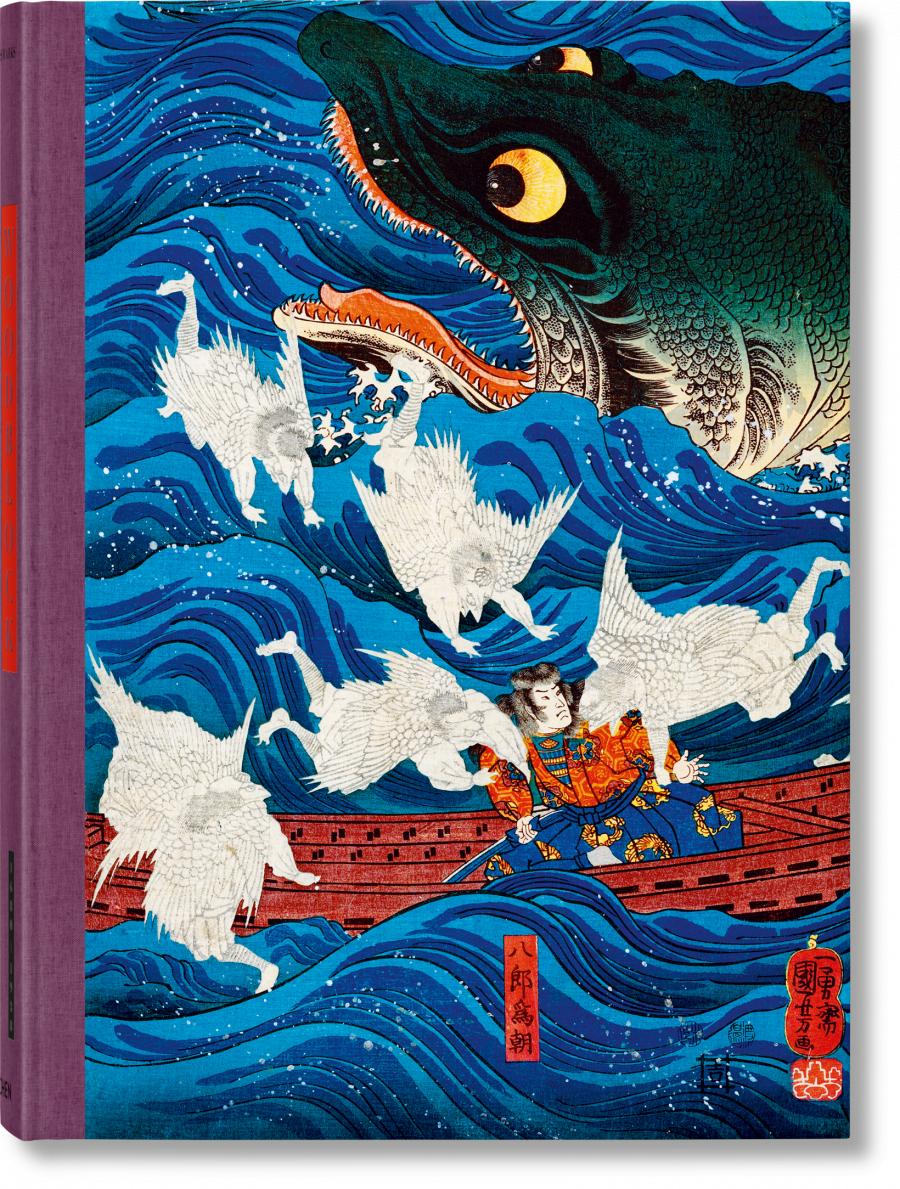We all know, don’t we, that the 1984 charity hit “Do They Know It’s Christmas?” qualifies as possibly the worst Christmas song ever recorded? Does that go too far? The song’s writer, Bob Geldof, went even further, once saying, “I am responsible for two of the worst songs in history. One is ‘Do They Know It’s Christmas?’ and the other one is ‘We Are the World.’”
There’s no objective measure for such a thing, but I’m not inclined to disagree, with due respect for the millions Geldof, co-organizer and co-producer Midge Ure, and British celebrity supergroup Band Aid raised to feed victims of famine in Ethiopia in the mid-80s. Revisiting the lyrics now, I’m shocked to find they’re even more ridiculous and cringe-inducing than I remembered.
We can quickly dispense with the absurdity of the title. As an exasperated Spotify employee helpfully pointed out recently in a series of annotations, “the people of Ethiopia probably did know it was Christmas—it’s one of the oldest Christian nations in the world” with a majority Christian population.
The song’s aid recipients are referred to as “the other ones” who live in “a world of dread and fear.” Listeners are enjoined to “thank God it’s them instead of you.” And two years after Toto’s “Africa,” Band Aid manages to deliver the clumsiest, most ill-informed stanza perhaps ever written about the continent:
And there won’t be snow in Africa
This Christmas time
The greatest gift they’ll get this year is life
Where nothing ever grows
No rain or rivers flow
Do they know it’s Christmas time at all?
Troublingly, the song “peddles myths about the cause of the famine,” writes Greg Evans at The Independent, “suggesting it was down to a drought, rather than the corrupt government misusing international aid.”
But it’s Christmas, as you probably know, so let’s not be too hard on “Do They Know It’s Christmas?” The artists who participated, including George Michael, Bono, Boy George, Sting, and many others had a significant impact on the entertainment industry’s role in international aid, for good and ill. The song was re-recorded three times, in 1989, 2004, and 2014, and it has become, believe it or not, “the second bestselling single in Britain’s history,” Laura June points out at The Outline.
Evans notes that “a reported £200m was raised via sales of the single which went towards the relief fund and it later went on to inspire the iconic Live Aid concert in July 1985, which raised a further £150m.” (Some of that money, it was later discovered, inadvertently made it into the hands of Ethiopia’s corrupt government.) Other benefit events, like Farm Aid in the U.S., would follow Geldof and Urge’s lead, and the model proved to be an enduring way for artists to support causes they cared about.
See the unbearably earnest original video at the top of the post and, just above, a thirty-minute making of film with a who’s who of mid-1980s British pop royalty learning to sing “let them know it’s Christmas time again” together.
Related Content:
Stream a Playlist of 68 Punk Rock Christmas Songs: The Ramones, The Damned, Bad Religion & More
Hear Paul McCartney’s Experimental Christmas Mixtape: A Rare & Forgotten Recording from 1965
Josh Jones is a writer and musician based in Durham, NC. Follow him at @jdmagness








